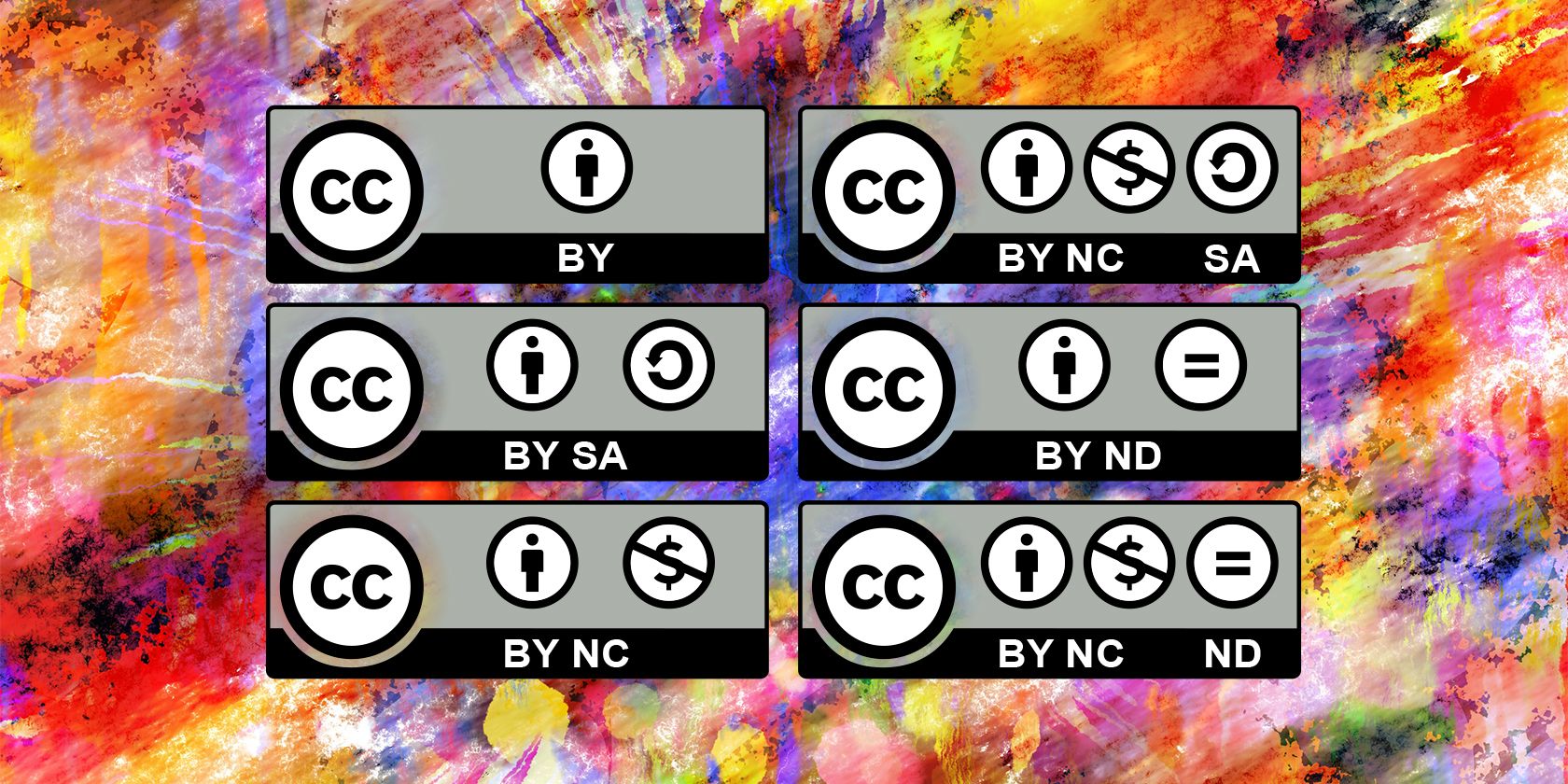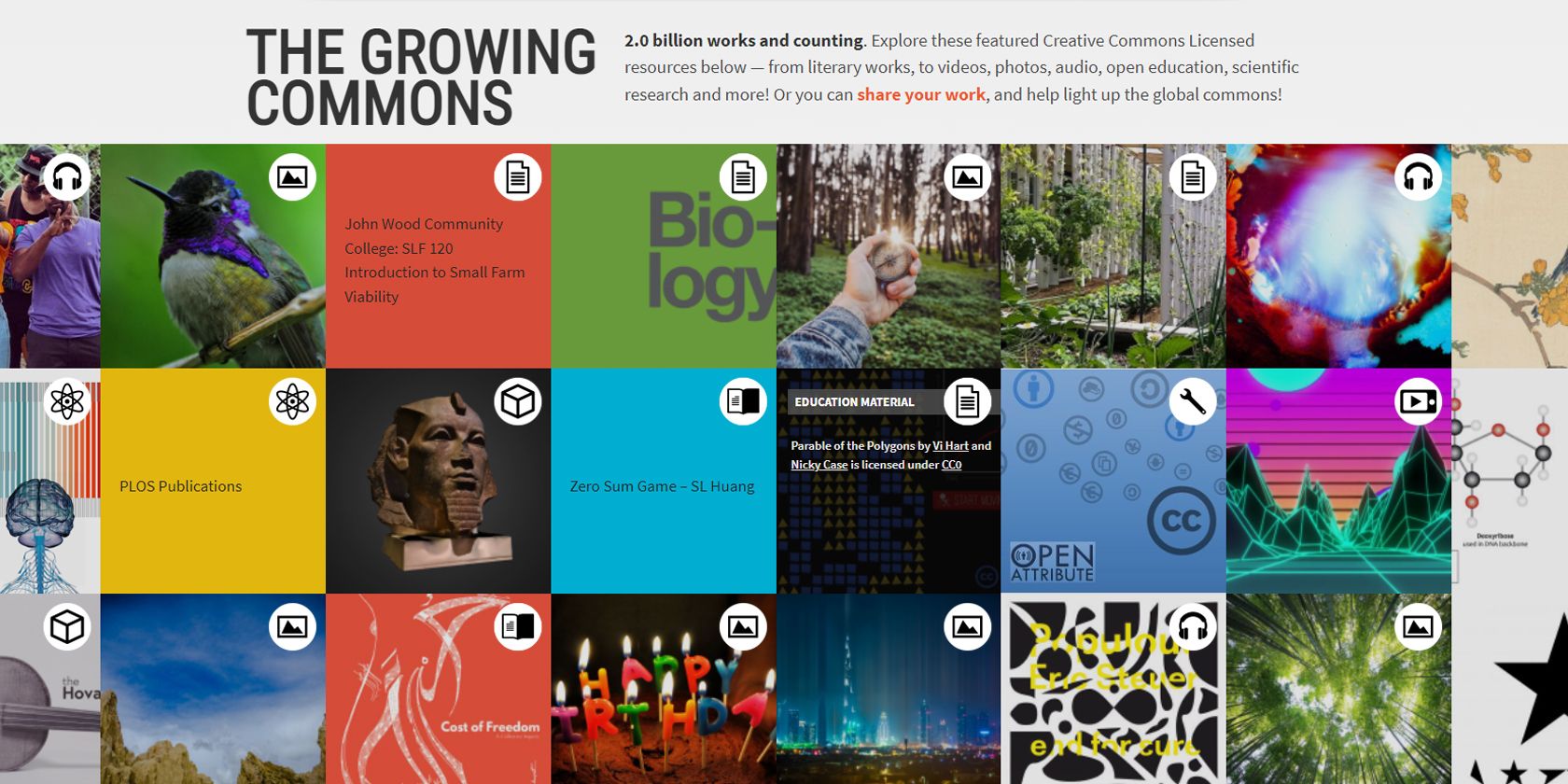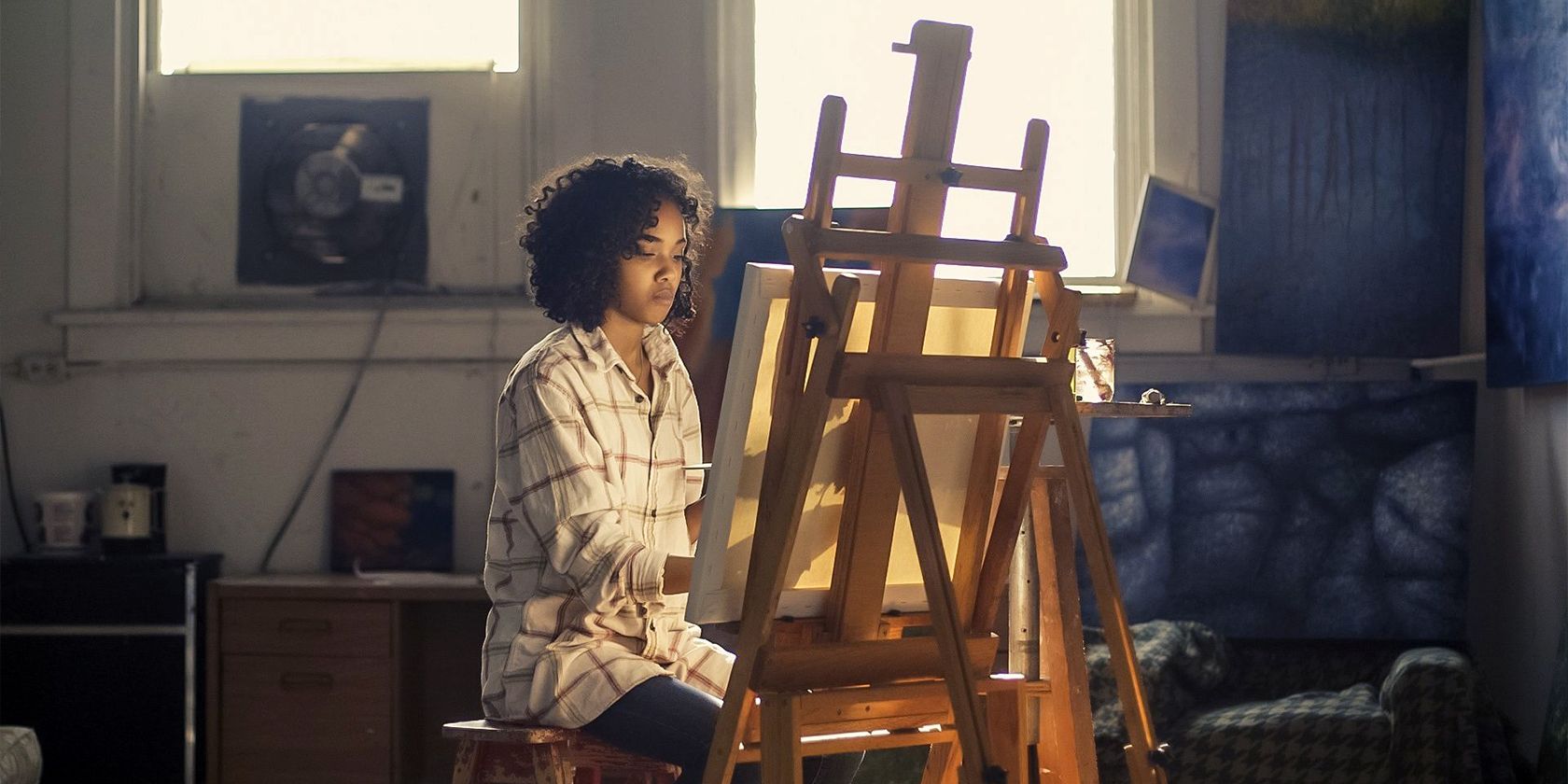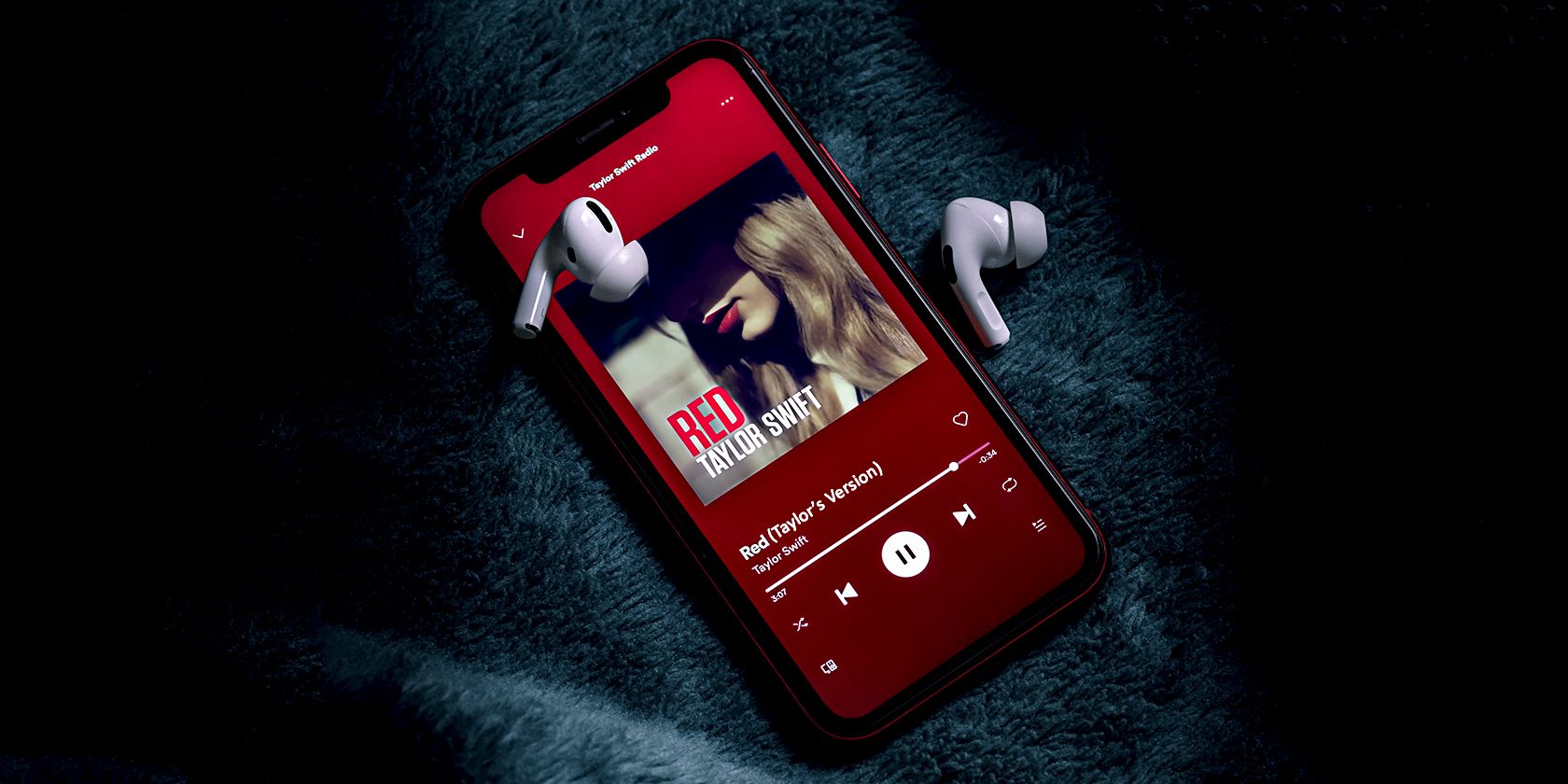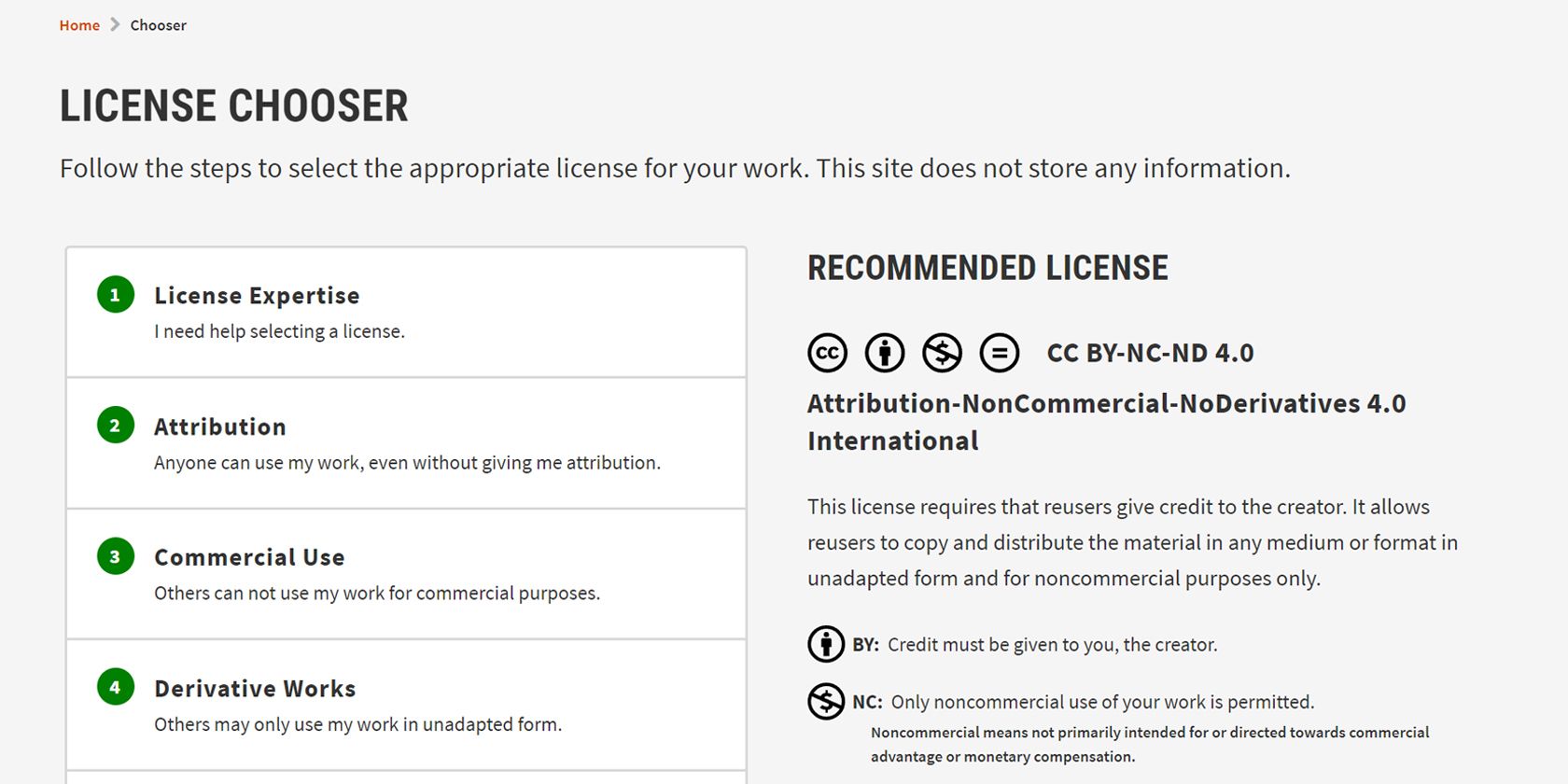Whether online or in the real world, every creative work we see is owned by its creator or the person or company who commissioned it. That means no one can use it for whatever reason unless they have explicit, written permission from its owner.
Nevertheless, some people want to share some of their creations with the general public for free. So, to differentiate copyrighted works from those for sharing, the Creative Commons nonprofit organization introduced the Creative Commons license.
But how can you apply this license to your work that you want to share? Find out how below.
What Is Creative Commons?
The Creative Commons (CC) license helps other users figure out which work they can freely use for specific purposes. Furthermore, it can help define how you want your shared work to be used.
There are also different CC license types, including one that requires you to attribute the original creator, one that limits changing or editing the original creation, and one that prohibits commercial use. Furthermore, if you see any work online without a Creative Commons license attached, you cannot safely assume you can use it—whether for professional or personal use.
Key Things to Consider Before Applying a CC License to Your Work
You should note that putting a license on your work entails some responsibilities. So, before slapping the CC label on your creation, consider the following...
Do You Own the Material You're Licensing?
Your work must be original to apply the appropriate license you want. If your creation includes other materials, you must ensure you can use those freely. For example, if you create an original sketch of a Disney character, you cannot sell that sketch for profit because Disney owns the rights to the character.
Even small, minute details can land big corporations in hot water. In 2021, photographer Judy Juracek sued Capcom for $12 million for using her work without permission. One such example is using a broken glass image for texture from the photographer's copyrighted content on the Resident Evil 4 logo.
Even if you created an all-original work, it's not always guaranteed that you can apply a CC license to it. If it was a commissioned work, you have to clear it with the commissioning body who retains the rights to the work. If they're paying for the piece's originality, you might not be allowed to recreate it. But if you retain the rights to the original composition, you may have the legal capability to remake it.
LegalEagle explains the concept with Taylor Swift's re-recording of her six first albums. While Big Machine owned the original recordings of those albums, Swift herself owned the original compositions. That means she can do whatever she wants with the original songs, including re-recording them as her own versions.
It's Permanent and Irrevocable
If you choose to put a CC license on your creation, you cannot easily retract this license. You can choose to stop distributing your work under Creative Commons at any time. However, users who had acquired a copy of your work before you retracted the CC license can continue distributing it under the original CC license.
Is It Appropriate?
While you can apply the Creative Commons license to almost all kinds of work, they're not really suitable for software and hardware. If you want to share a program or code you made, it's more appropriate to mark it as open-source instead. That's because CC does not cover concepts such as source code and other programming-specific terms to protect both the creator and the user effectively.
How Do You Want Your Work to Be Used?
When you apply a CC license to your creation, especially if you don't apply the No Derivative Works or Non-commercial limitations, anyone can use your work for any purpose.
For example, you might be surprised to find your work used by a political group you disagree with. Furthermore, you're horrified that they publicly credited you on the piece. If that is the case, your only recourse would be to ask them politely to stop using the piece. Or, at the very least, remove the attribution to your name.
How to Add a Creative Commons License to Your Work
Once you've determined whether you're eligible for applying a CC license to your creation and what kind of license it should be, the rest is simple.
All you need is to indicate it as a caption or note on the page that hosts the work. Furthermore, in the case of audio or video, you can add a short section at the beginning of your work, called an intro bumper, to inform the listener or viewer of the license.
If you're not sure what kind of license to apply to your work or want to use a prepared code or image for your license, you can go to Creative Commons License Chooser to help you. You can also try the Creative Commons License Chooser Beta if you have difficulty picking the correct license.
Once you have the license you're happy with, just copy and paste it onto your page, and you're done. It's also wise to paste the creative commons license you chose in your file's metadata or in the original folder where it's kept so you don't forget that you've applied the creative commons license to it.
Share Your Work
The Creative Commons license gives anyone the right to use your work freely. While you can put some limitations on it, it generally allows the public to turn your work into something more. Through the Creative Commons mechanism, many people have created masterpieces that have made the world a better place.
So, if you intend to share what you've created, don't hesitate to apply a Creative Commons license to it. You can even use the CC BY mechanism to ensure your name is put out there, so people who use your work will give you credit.
But even if a work does not have a Creative Commons license does not mean you cannot use it for some specific situations. If you want to use a copyrighted work in some circumstances, you can invoke Fair Use.

